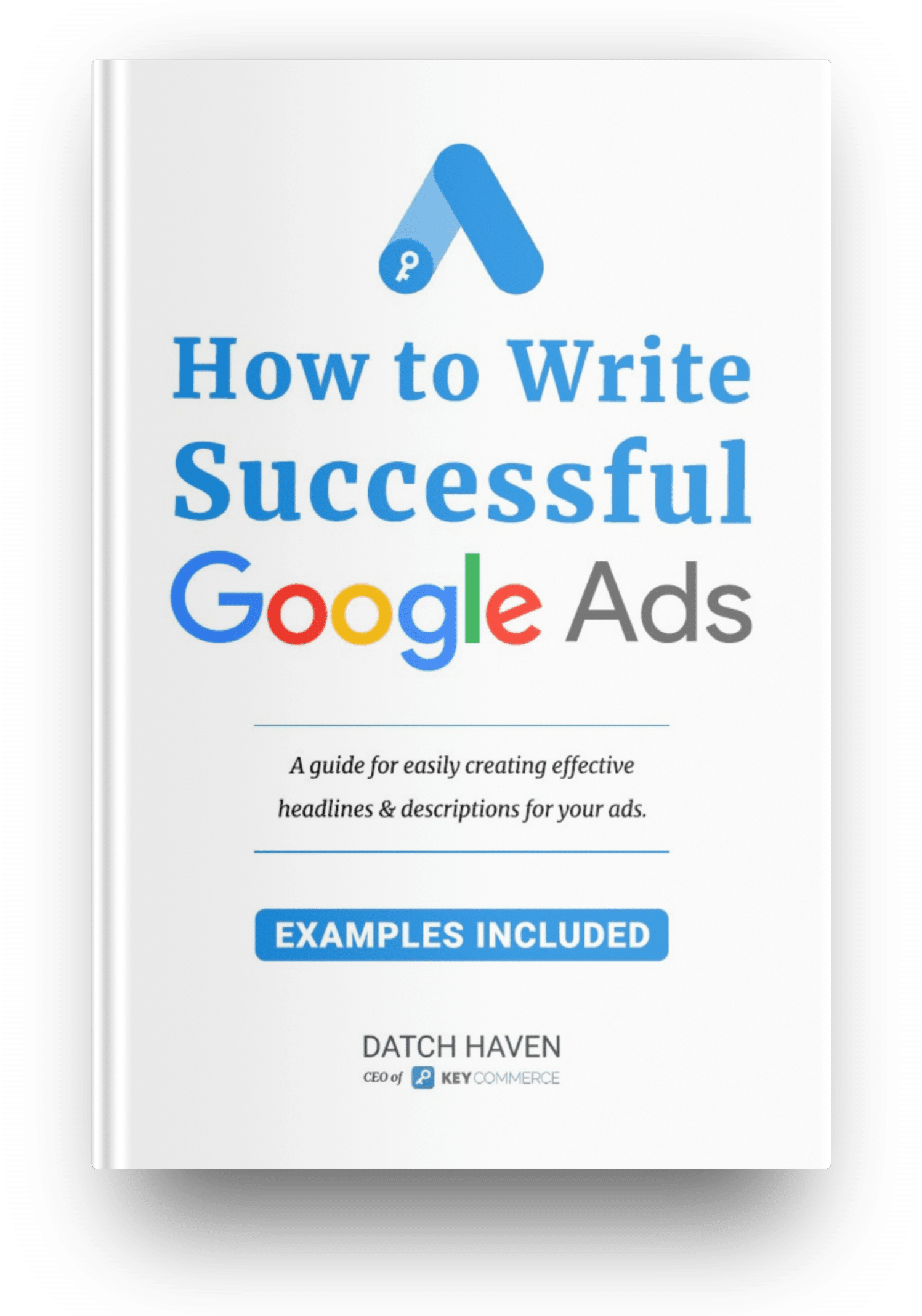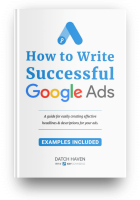What is An Account Map?
Google’s new account maps are designed to paint a full picture of what’s going on inside every PPC account and sub-account that is under your control. You’ll need a manager account (it’s free and you can sign up here) to take advantage of the new feature—something that is typically used by agencies or businesses that run multiple PPC campaigns.
The benefit here is that you’ll gain a deeper insight into performance metrics, and a better sense of how campaigns are doing from a zoomed-out view. To access the new account map, you’ll head over to Tools in the Google Ads interface.
It shows a map of all the accounts and sub-accounts under your manager account, with a setup that makes it easy to see connections and navigate to accounts.
What you’ll find here is a centralized view of performance metrics such as clicks, impressions, costs, and conversions. As you can see in the screenshot below, the main advantage of this new feature is that your key performance stats are all organized on the left-hand display, allowing you to confirm that everything is going as planned with a quick scan of the page.
From there, you can click to look at any of these categories. In this example, we’ve gone with Remarketing Pools:
You’ll notice that each sub-account has multiple remarketing campaigns running at the same time. We could also see this layout being useful for e-commerce accounts that want to track the performance of multiple remarketing campaigns targeting different segments—think abandoned cart campaigns versus those retargeting loyal customers.
Who Should Care?
Anyone with a manager account should give account maps a look. The most obvious benefit is for users with multiple sub-accounts (for example, businesses like Key PPC will get good use out of it). The idea is to help advertisers visualize the account structure, view each account’s performance, and navigate between these accounts with minimal effort.
For complex accounts, the new account map is a time-saver. For example, if you’re tracking performance across Google My Business, Google Shopping, and the traditional search network, the key benefit is that you’ll get a simplified breakdown of how all of these various components fit together.
Who Should Have a Manager Account?
According to Google, a Manager Account is less of an upgrade, and more of a separate Google Ads account that functions as the “trunk of a tree.”
You can link new and existing Google Ads and other tools like Google Analytics, Google Shopping, and Google My Business so that you can monitor campaigns and other tasks related to those accounts.
As far as who should be using a manager account, the most obvious example is the agency or multi-client business that runs ads for multiple accounts. Beyond that, however, those advertisers with complicated account structures can also benefit from using the platform.
While not a “must-have” for every e-commerce store, Google Manager accounts come with the following advantages:
- Review all of your accounts and campaigns from a central dashboard.
- Create and manage campaigns for any connected account.
- Use it to run quick comparisons across every account and pull reports.
- Consolidate billing across multiple accounts.
- Set up alerts to monitor campaign activity.
- Quickly create and link accounts from the Manager dashboard.
- Add employees or third-party account managers and see who has access to what data at any given moment.
While Manager Accounts is a free tool that anyone can access, it’s designed for those managing a LOT of Google Ads activity. Its target audience includes large advertisers, PPC agencies, and automated bid managers.
Smaller retailers likely won’t need the advanced capabilities, but those running campaigns on on multiple channels (YouTube, Google Shopping, and Search) may benefit from having another tool at their disposal for understanding their campaign performance.
How to Use Google Account Maps
As you’ve seen in the above image, you’ll find your performance metrics on the left side of the page, while sub-account level metrics can be accessed by clicking on a specific entry on the map.As per Google, while manager accounts are built with the multiple-account user in mind, you don't need a bunch of sub-accounts to find value in the tool.CLICK TO TWEET
Even if you’re not using sub-accounts, the external manager allows you to see who has access to your account while providing a breakdown of all related campaigns. So, if you’re tracking conversions across multiple product ads, the map offers a quick way to see how they’re doing.
Wrapping Up
Google has been rolling out new features, bidding formats, and updates to PPC and SEO alike. We’ve been watching these updates closely, and it’s been exciting to see where Google Ads has stepped up their game.
Yet, not every tool is right for everyone. For example, Google My Business and its many useful features are built for the brick-and-mortar store, Shopping is for e-commerce sellers, and…. you get the idea.
Ultimately, we don’t think every e-commerce seller needs to worry about using Google Manager Accounts—in a lot of cases, it’s just too much for a smaller business to deal with on top of, well, actually running the business.
Others, with their fingers in multiple pots across the Google Universe, can benefit from a clear view of how Shopping fits with Search, TrueView ads, and so on. Additionally, those sellers managing multiple Smart campaigns can benefit from the improved access to campaign metrics; as we know, automated bidding can get expensive if you’re not keeping a close eye on your account.
To learn more about outsourcing your PPC strategy to a team that knows Google Ads and e-commerce inside and out, get in touch.












